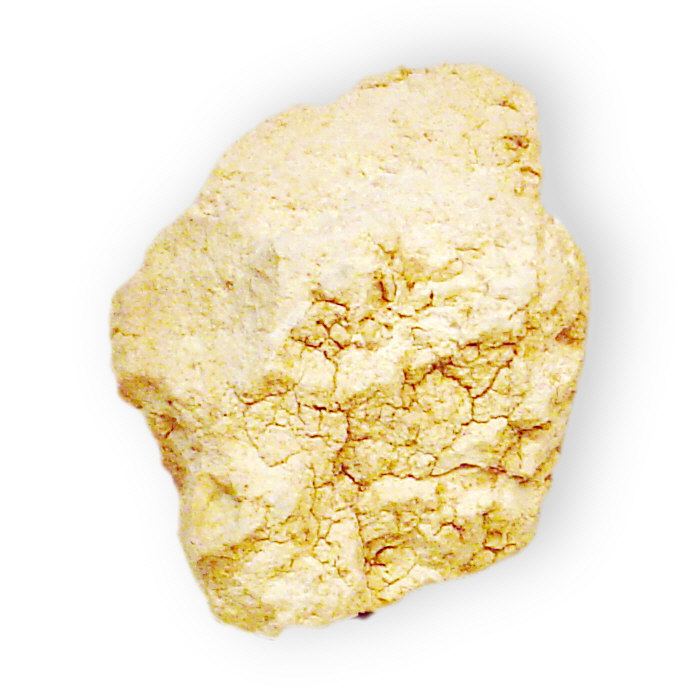Strunz classification 9.EC.45 Space group C2/m | Crystal system Monoclinic | |
 | ||
Category PhyllosilicatesSmectite Formula(repeating unit) Na0.3(Mg,Li)3Si4O10(OH)2(empirical: Na3(Mg,Li)30Si40O100(OH)20) Crystal class Prismatic (2/m)(same H-M symbol) | ||
Hectorite is a rare soft, greasy, white clay mineral with a chemical formula of Na0.3(Mg,Li)3Si4O10(OH)2.
Hectorite was first described in 1941 and named for an occurrence in the United States near Hector (in San Bernardino County, California, 30 miles east of Barstow.) Hectorite occurs with bentonite as an alteration product of clinoptilolite from volcanic ash and tuff with a high glass content. Hectorite is also found in the beige/brown clay ghassoul, mined in the Atlas Mountains in Morocco.
Despite its rarity, it is economically viable as the Hector mine sits over a large deposit of the mineral. Hectorite is mostly used in making cosmetics, but has uses in chemical and other industrial applications, and is a mineral source for refined lithium metal.
